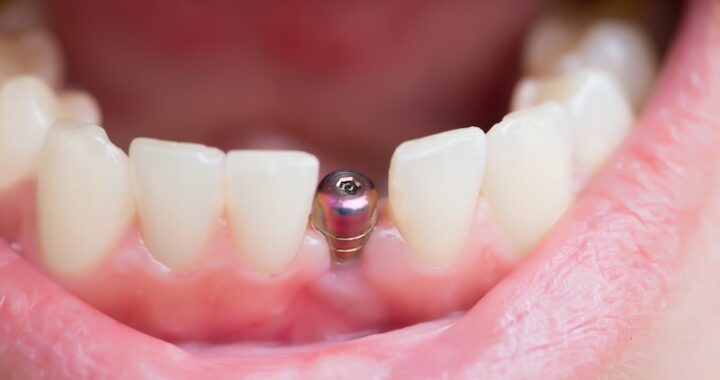How eggs are taken from a donor

Egg donation is a procedure in which a woman planning to become a mother uses the oocytes of a female donor. The donor’s eggs are fertilized by the sperm of the patient’s partner to produce a genetically healthy child. The donor egg protocol is often the only way for women with any problems with their oocytes to become a mother. Donation is an important mission, which also brings in additional income. The egg donation procedure is not painful and does not require many visits to the clinic.
Safety
To participate in programs, female donors undergo a complete examination. Experienced gynecologists rule out any gynecological diseases and contraindications for donor candidates. Donation is anonymous and voluntary. The clinic guarantees the donor and recipient complete confidentiality of personal information.
Ovarian stimulation procedure
A female donor undergoes an ovarian stimulation program to obtain eggs. Stimulation is done through injections of hormonal preparations. Dosages are strictly calculated by fertility doctors with extensive experience in IVF protocols. Stimulation lasts about 10-14 days, during which time the woman injects herself at home. During the stimulation stage the donor visits the clinic about 3-4 times to monitor follicle growth by ultrasound.
Oocyte puncture
The oocyte retrieval procedure is the next step in the protocol after stimulation. It is done under intravenous general anesthesia and takes no more than 15-20 minutes. A woman visits the clinic on an empty stomach: she is not allowed to eat or drink since the evening of the previous day. Reproductologist necessarily monitors the condition of each woman and tells her how the egg is taken from the donor.
Before egg collection, the patient must inject the trigger 35-36 hours before the puncture, which will help to get mature cells. At this stage, it is important to follow all the doctor’s recommendations, as an error in administering this drug can affect the outcome of the entire protocol.
If you are interested in costs of surrogacy, we advise you USA-based company Delivering Dreams.
The puncture is absolutely safe for the donor, as the entire procedure takes place under ultrasound control. The reproductologist sucks the contents of the follicles with a special needle into tubes, which are then sent to the embryologists. The oocytes are placed in Petri dishes, washed of blood and bodily fluids. The embryologists count the mature cells.
The egg retrieval procedure takes place on an outpatient basis. The donor does not make any incisions on the body, the ovaries are accessed through the vagina with a thin needle, and the risk of bleeding is minimal. Sedation (anesthesia) is easily tolerated by patients. One hour after the puncture, the donor can leave the clinic.
A reproductologist stays in touch with each donor and will be able to advise if there are any questions about the current status.


 Innovations in Health Screenings: Exploring the Latest Technologies in Clinic Services
Innovations in Health Screenings: Exploring the Latest Technologies in Clinic Services  Dental Crowns –Restoring Strength, Function, And Aesthetics.
Dental Crowns –Restoring Strength, Function, And Aesthetics.  One-Person Wonder: Making Waves in the Massage Industry in Gunma
One-Person Wonder: Making Waves in the Massage Industry in Gunma  How Cataract Surgery in Nashville Improves Vision and Quality of Life
How Cataract Surgery in Nashville Improves Vision and Quality of Life  Maintaining Oral Health: The Role of Dentists in Richmond
Maintaining Oral Health: The Role of Dentists in Richmond  How to Choose the Best Implant Dentist in Sheffield: A Guide
How to Choose the Best Implant Dentist in Sheffield: A Guide